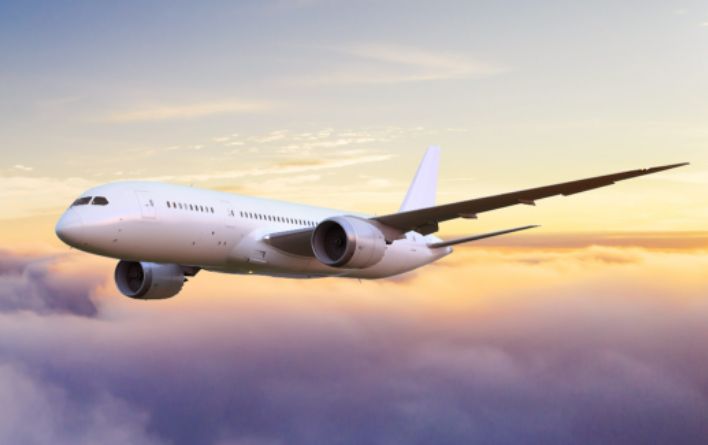Since many people have switched from regular cigarettes to electronic substitutes, vaping has grown to be an incredibly popular hobby. As a consequence, the vaping sector has expanded significantly and is now able to meet the needs of a wide spectrum of customers. However, it is important to be knowledgeable about the rules governing the use of vapes on airplanes in 2023 if you often travel by air.
It is crucial for vape resellers who make big purchases of vapes to be abreast of the most recent aviation laws. You can make sure that your clients’ trips with their vapes go well by being informed with the regulations and standards established by airline companies and aviation authorities. Additionally, being educated about these rules enables you to provide correct information to your clients, increasing credibility and confidence in your company.
Specific Instructions on How to Transport Vapes and Electronic Cigarettes Through Security Checkpoints
It is crucial for vape resellers to comprehend the exact rules established by the TSA for transporting vapes and e-cigarettes through security checkpoints in order to prevent any confusion or problems during security screening.
Vapes and e-cigarettes are only allowed in carry-on luggage due to safety issues with their batteries. As a result, travelers must bring them with them in carry-on luggage.
Vapes and e-cigarettes must be segregated from the rest of the carry-on items and put in a separate bin during the screening process, much like other electronic devices. TSA agents can inspect them more thoroughly as a result.
Vape batteries must be correctly inserted in the devices, according to the TSA. To avoid unintentional short circuits, loose batteries or spare batteries should be transported in protected cases. It is advised to inquire about any extra battery limits or limitations with the specific airline.
Vape liquids, batteries, and other accessories are subject to restrictions.
The TSA has established restrictions on vape liquids, batteries, and other accessories that resellers should be aware of in addition to the rules for transporting vapes and e-cigarettes through security checkpoints.
Vape liquids are subject to the TSA’s liquids regulation, which places restrictions on how much liquid can be transported in carry-on luggage. Each vape liquid container needs to be 3.4 ounces (100 milliliters) or less and put in a quart-sized clear plastic bag.
The TSA has restrictions on how many extra batteries can be transported in a carry-on bag. Typically, passengers are permitted to bring up to two extra batteries for their e-cigarettes or vapes. It is crucial to remember that each of these backup batteries needs to be shielded in order to avoid any contacts that could cause short circuits.
Additional accessories While e-cigarettes and vape pens are permitted in carry-on bags, other items like charging cables, adapters, and other attachments must also adhere to TSA rules. To make the security process easier, these products should be properly packed and screened separately.
Vape retailers can guarantee a simple and legal travel experience for their clients by being aware of the TSA’s rules and regulations. In addition to maintaining flight safety, adherence to these rules helps prevent potential delays or the seizure of vape items at security checkpoints.
Current Regulations for Vaping on Airplanes
To ensure a hassle-free trip in 2023 when traveling with vapes, it’s critical to keep up with the most recent rules and laws. Let’s talk about the particular guidelines and limitations for vaping on airplanes, concentrating on the laws that apply in both the US and Europe.
International Law that Applies
The United States
The use of electronic cigarettes, vape pens, and other vaping devices is totally forbidden on all domestic and international flights in the United States, according to the Transportation Security Administration (TSA). Due to the lithium-ion batteries in these devices, they are not permitted in checked baggage either. As a result, it is recommended to bring your vaping supplies in your carry-on luggage. Make sure all batteries are removed and put in a different case or bag for extra security.
Europe
In Europe, there may be modest regional variations in the laws governing e-cigarette use aboard aircraft. The European Aviation Safety Agency (EASA), however, establishes the fundamental standards for the European Union. The International Civil Aviation Organization (ICAO) will begin enforcing restrictions banning vaping on flights within Europe as of 2023. Vaping devices should not be brought in checked luggage, in line with US rules. The batteries should be taken out and put in a different case, and you should carry them in your hand luggage instead.
Flight Disparities Between Domestic and International
Internal Flights
Vaping is legally forbidden on domestic flights in both the US and Europe. This applies to using, storing, or transporting vaping equipment in the passenger area or the cargo hold. To ensure the security and comfort of every passenger, it is crucial to abide by these rules.
International Travel
No matter the airline or the location, vaping is not permitted on international flights. The rules are in place to preserve the quality of the air, avoid any potential fire hazards, and respect the preferences and safety of other road users. It is therefore recommended that you avoid using or charging your vaping devices throughout the journey.
Final thoughts
It’s crucial to remember that regulatory choices are dependent on a variety of factors, including scientific research, public opinion, and governmental policy, even though these projections may provide some insight into the future of vaping laws in air travel. Being up to date on these shifting trends and laws as a vape reseller is essential to adjusting your business plan.
Post time: Jun-09-2023






